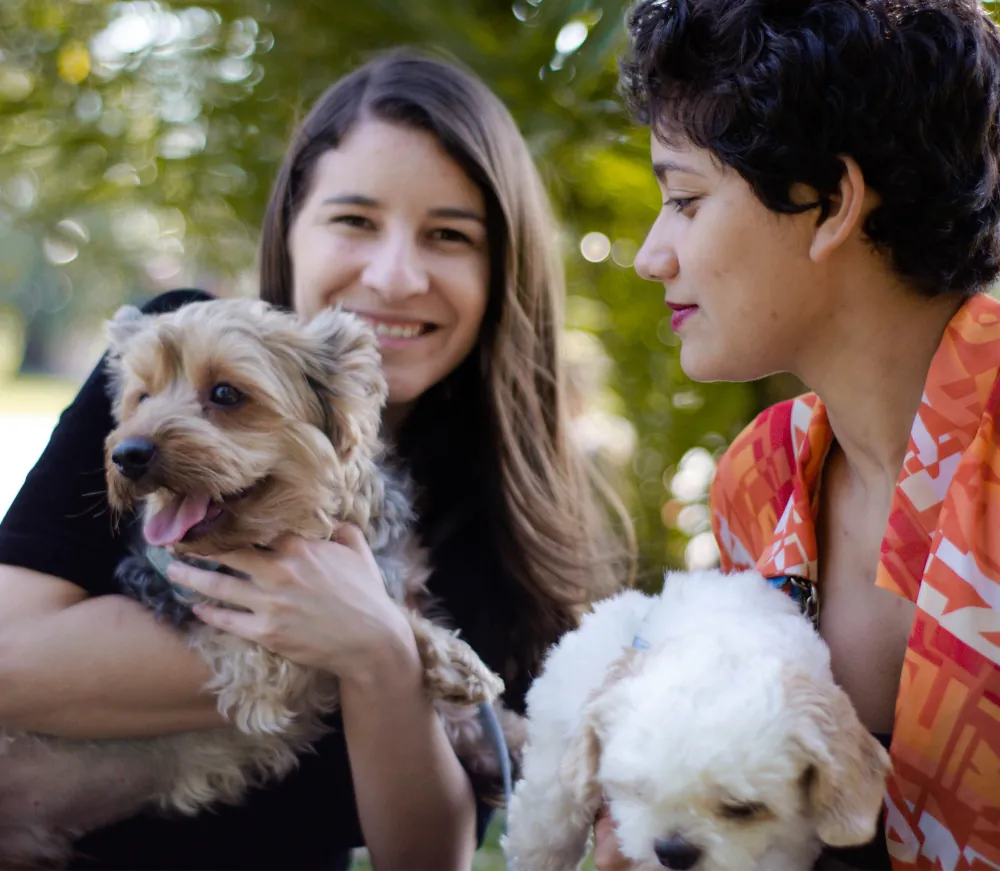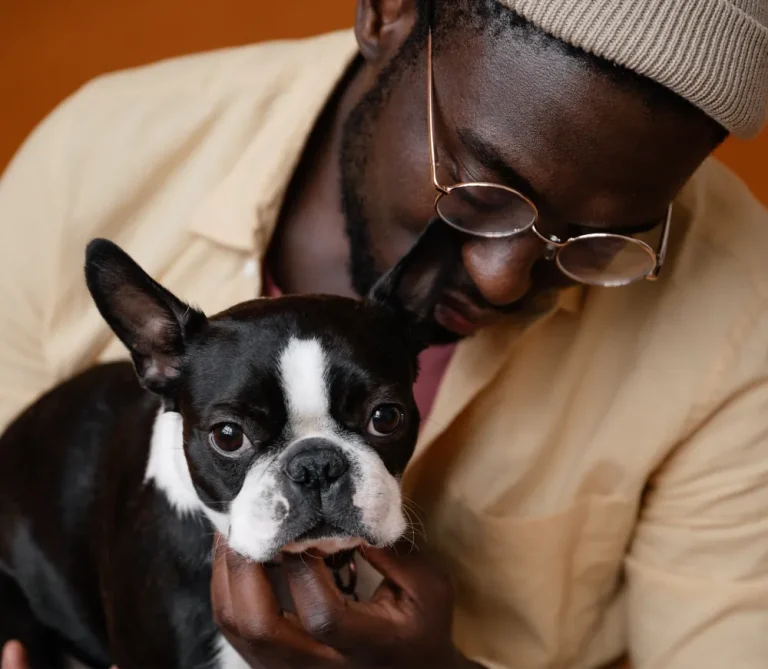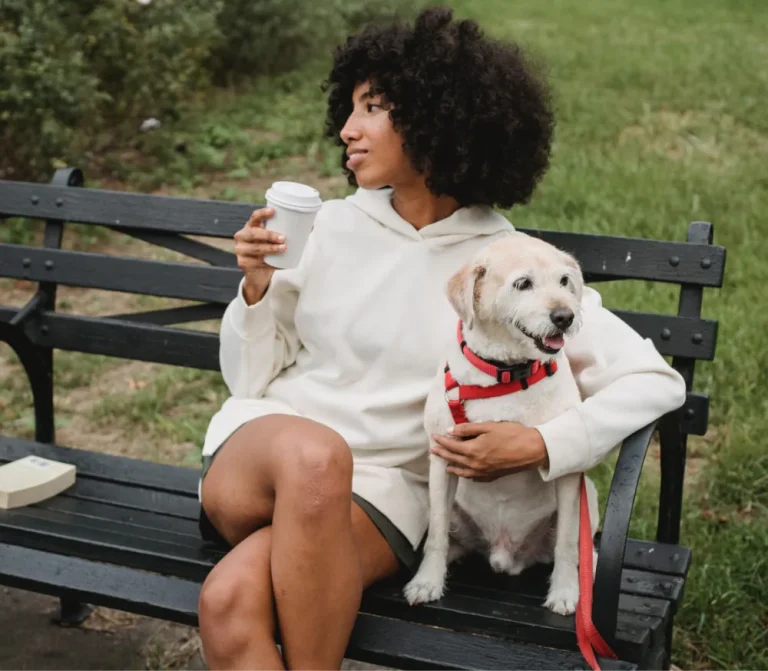
Training your dog is an essential part of building a strong, healthy relationship with them. Whether you’re bringing home a new puppy or working with an adult dog, the right training tools can make all the difference in creating a well-behaved, happy companion. Each stage of your dog’s journey requires different approaches, and having the proper tools will help your dog succeed in learning good habits. In this blog, we’ll explore the best dog training tools for every stage of your dog’s life, from a curious puppy to a mature dog.
Stage 1: Puppyhood – Laying the Foundation for Success
Puppies are like little sponges, ready to soak up everything you teach them. However, this stage is also full of curiosity and a lot of distractions, so effective training tools are crucial for establishing a solid foundation. Here are the best tools for training your puppy:
1. Positive Reinforcement Tools: Treats and Clickers
Positive reinforcement is the most effective method for training puppies. Treats and clickers are two of the best tools for encouraging desired behavior. When your puppy performs a behavior you want to reinforce, reward them immediately with a treat or use a clicker to mark the behavior. Over time, your puppy will learn to associate good behavior with positive rewards.
- Treats: Small, soft treats work best for training because they’re easy to chew and quick to reward with.
- Clicker: A clicker is a small device that makes a distinctive sound. When paired with a treat, it helps your puppy understand exactly which behavior is being rewarded.
2. Leashes and Harnesses
Leashes and harnesses are essential for teaching your puppy to walk on a leash and navigate the world safely. A puppy harness, in particular, can prevent discomfort and harm, especially while they’re still learning to walk properly.
- Puppy Harness: Choose a soft, adjustable harness that doesn’t restrict their movement. It provides control while being gentle on their growing bodies.
3. Crates
Crate training is an excellent way to help your puppy feel safe and secure while also promoting house training. A crate serves as a “den” for your puppy, a space they can call their own. It’s also a great tool for encouraging positive behavior when you’re not around to supervise.
Stage 2: Adolescence – Refining Behavior and Building Confidence
As your puppy grows, they’ll begin to test boundaries and may start displaying more independence. This is when adolescent dogs need more advanced training tools to ensure they develop into well-mannered adults. Here are some key tools for training your adolescent dog:
1. Training Collars (For Behavior Control)
As your dog matures, you may need more control during training, especially for behavior correction. Training collars come in several forms, including prong collars and flat collars. The right one depends on your dog’s temperament and training needs.
- Prong Collar: If used properly, a prong collar provides gentle pressure around the neck when the dog pulls, helping them learn proper leash manners. It’s crucial to use it under supervision and guidance to ensure no harm is done.
2. Automatic Dog Bark Collars
Adolescence is also the stage where many dogs may develop undesirable behaviors, such as excessive barking. An automatic dog bark collar can help you manage this behavior. These collars work by emitting a harmless sound or vibration when your dog barks excessively, helping them learn when it’s inappropriate to bark.
3. Interactive Toys for Mental Stimulation
Dogs at this age are often full of energy and curiosity. Mental stimulation through interactive toys is vital during this stage. Puzzle toys, treat-dispensing balls, and tug toys can help channel their energy in a productive way.
- Puzzle Toys: These toys challenge your dog’s brain and reward them with treats when they solve the puzzle. It helps them stay focused and mentally stimulated.
Stage 3: Adulthood – Maintaining Training and Encouraging Calm Behavior
Adult dogs have likely mastered the basics, but training is still an ongoing process to keep their behavior in check and maintain a calm, happy demeanor. The right tools during this phase can reinforce learned behaviors and address any lingering issues. Here’s what you need:
1. Gentle Leaders and Head Halters
For adult dogs who still struggle with pulling or aggression on walks, gentle leaders and head halters can provide better control without causing discomfort. These tools help guide your dog’s attention and reduce pulling by redirecting their focus.
- Head Halters: These work by gently guiding the dog’s head in the desired direction, offering control without causing strain on their neck.
2. GPS Dog Trackers
While training your dog, it’s essential to ensure their safety, especially when they’re off-leash. A GPS tracker can help you keep an eye on your dog’s whereabouts, ensuring they don’t wander too far or get lost, particularly if you’re training them to roam freely.
- GPS Tracker: Attach a lightweight GPS collar to your dog’s collar or harness, which allows you to track their movements through an app on your phone.
3. Behavior Modification Tools (e.g., Citronella Spray Collar)
If your dog exhibits persistent behavioral problems, like aggression or anxiety, a citronella spray collar can help with behavior modification. These collars release a burst of citronella when triggered, which is an unpleasant scent for dogs but harmless, helping deter undesirable behaviors.
Stage 4: Senior Dogs – Supporting Comfort and Managing New Challenges
As your dog enters their senior years, training tools focus more on comfort and managing new challenges. Senior dogs may have slower reactions and may need additional support to maintain good behavior. Here are tools to help your senior dog:
1. Soft Leashes and Harnesses for Comfort
Senior dogs may experience joint pain or arthritis, so a soft, padded leash and harness can provide more comfort while on walks. Look for harnesses that distribute pressure evenly across their body, helping to minimize strain on their joints.
- Padded Harness: Soft materials and adjustable straps ensure your senior dog remains comfortable during walks and outings.
2. Mobility Aids (e.g., Dog Stairs and Ramps)
As dogs age, they may struggle with mobility, making it difficult to jump or climb onto furniture. Dog stairs and ramps can help your dog maintain independence and continue enjoying activities like sitting on the couch or getting into the car.
- Dog Stairs: Perfect for senior dogs who need a little extra help climbing onto higher surfaces.
3. Anti-Anxiety Products
Many senior dogs experience anxiety, especially when there are changes in their routine or environment. Calming products such as anxiety wraps or pheromone diffusers can help soothe your senior dog and provide them with a sense of security.
Conclusion: Tailoring Training Tools to Your Dog’s Journey
Every stage of your dog’s life comes with unique challenges and opportunities for growth. By choosing the right training tools, you can foster a loving, healthy, and happy relationship with your dog throughout their journey. Whether you’re raising a rambunctious puppy or helping your senior dog feel more comfortable, the right tools make all the difference in ensuring your dog’s behavior and well-being.
Remember, training is a lifelong process, and every step brings you closer to understanding and bonding with your dog. With patience, consistency, and the right tools, you’ll be equipped to navigate every stage of your dog’s life with success.



